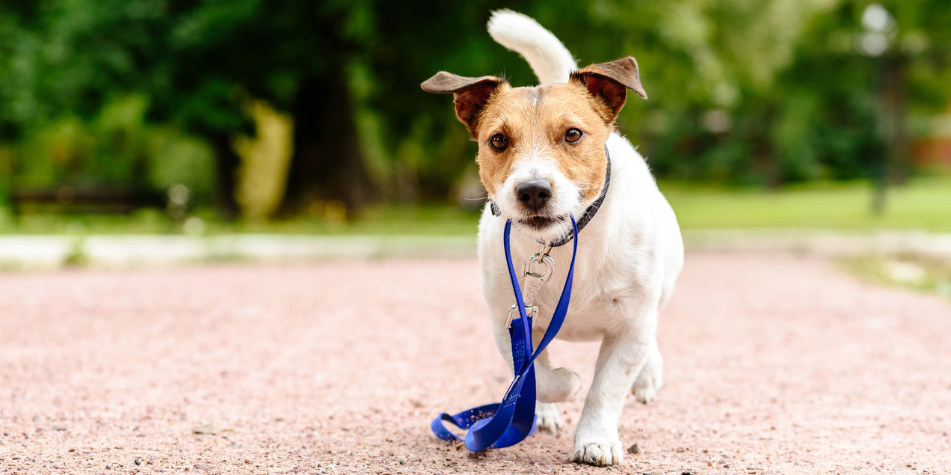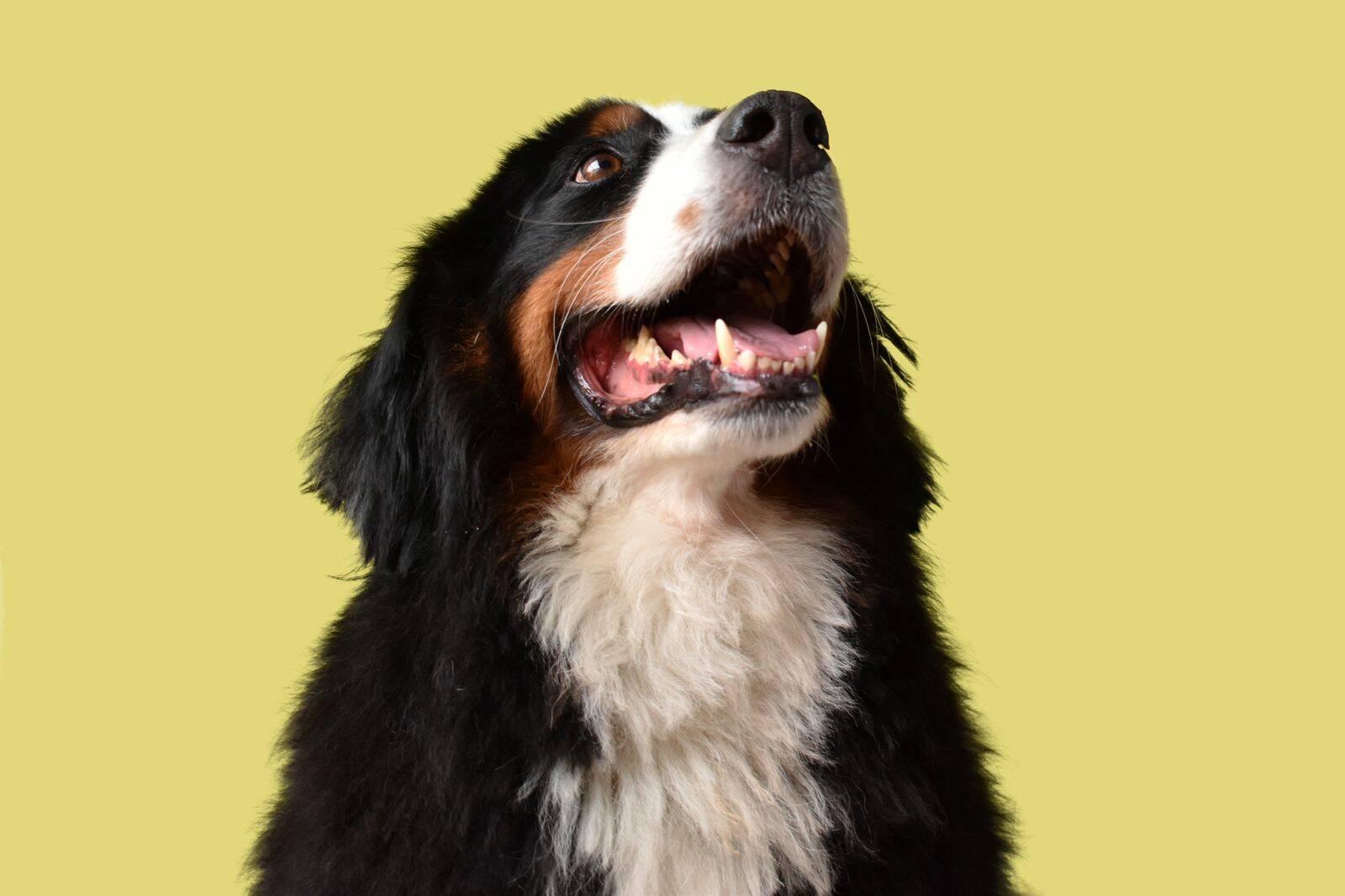Kiara's Law: Here's what you need to know about the new rules for dog walkers, daycare centers, and pet services.

The story of Kiara , a Bernese Mountain Dog who disappeared in October 2022 while in the care of a dog daycare center, became a symbol of pet owners' fight to regulate pet care services in Colombia .
With the entry into force of Law 2480 of 2025 , Kiara's name now became the name that covers the legislation that seeks to guarantee safe, responsible and transparent conditions in those places dedicated to pet care.
For veterinarian Gabriel García, among the positive aspects of this new law, in addition to the sanctions, are the establishment of liability for both owners and dog walkers, daycare centers, groomers, and other services. "Furthermore, it links something as important as training and the protocols that establishments and individuals dedicated to caring for animals must follow, clearly defining obligations and duties, as well as the rights of users," the expert asserts.
In order for the new measures to be complied with, with the entry into force of the Kiara Law, in the coming months pet care service providers will have to register on a platform that is expected to be enabled by the Ministry of Environment , in coordination with the other entities that make up the National System for the Protection and Welfare of Animals, and with the support of the Ministry of Information Technology and Communications and the municipalities and districts.
This is a platform where providers' information is expected to be entered, allowing users to check whether these establishments meet the legal requirements for providing the service. This allows them to make an informed decision about whether or not to leave their pets in the care of these facilities.
These are some of the provisions of the law for the different services provided for the care of companion animals:
Transport In addition to complying with transportation regulations issued by the competent authorities, those providing animal transportation services must adapt their vehicles to provide the service properly and acquire the necessary implements and equipment for handling animals.

Those providing animal transport services must adapt their vehicles. Photo: iStock
Additionally, the Kiara Law states that pets may only be transported in suitable vehicles with compartments specifically designed to ensure their comfort during the journey . These spaces must be individual, except in cases authorized by regulations, which will also establish the maximum number of animals per vehicle and the conditions under which communal transportation will be permitted.
The law establishes that animals must travel comfortably. Therefore, compartments must be made of hygienic, safe, non-slip materials and offer optimal space, ventilation, and temperature, avoiding overcrowding at all times . In a situation where animals must travel in a shared space, the user must expressly authorize it.
Furthermore, the law stipulates that pet transportation services must include a first aid kit on board the vehicle and strictly adhere to the pickup and drop-off times and locations previously agreed upon with the user. Deviations from the established route will not be permitted, except in cases of force majeure, in which case the service provider must immediately inform the driver. Furthermore, the driver is required to comply with traffic regulations and maintain safe driving practices that ensure the well-being of the animals being transported at all times.
Daycare centers, education or training centers and hotels Among the requirements for providers of these services, Kiara's Law includes a behavioral examination for dogs, the results of which must be filed in each animal's file, as well as a valid veterinary health certificate. Furthermore, all animals must have a visible or electronic identification system and may not be housed in unauthorized spaces, such as vehicles, terraces, or basements.
The infrastructure of these establishments must meet adequate hygiene, safety, ventilation, temperature, and environmental enrichment requirements, as well as provide spaces that allow for comfortable rest and movement of the animals. The presence or availability of a veterinarian or zootechnician will also be required to respond to emergencies within a maximum of one hour , and the entry of animals with contagious diseases or females in heat will be prohibited. Vulnerable animals must remain in isolated spaces that guarantee their well-being.
The staff in charge must be qualified, have training or experience in animal handling, be free of penalties for abuse, and be certified in animal first aid. The standard establishes a minimum ratio of one caretaker to twenty animals and requires constant supervision, especially when animals spend the night on the premises. Additionally, annual training must be provided on animal welfare and the legal consequences of non-compliance with the standards.
Other requirements include constant video surveillance, active communication channels with users, written authorization for animals to be released or returned, and strict protocols for administering food and medication . For cats, facilities must have specific security measures and adequate spaces that meet their physical and emotional needs.

Kiara has a heart on her forehead, which makes her a special dog. Photo: Personal archive
Among the requirements for these types of establishments is that the staff in charge be formally or informally trained in providing the service, with certified knowledge in first aid for cats and dogs. In addition, a behavioral assessment of each animal will be required before the procedure.
In cases where tranquilizers, sedatives, or any other type of chemical restraint are required, they must be administered exclusively by a duly registered veterinarian or zootechnician with no prior history of animal abuse . This procedure may only be carried out with the informed consent of the animal's owner.
Dog walkers Kiara's Law establishes that dog walkers must be formally or informally trained, certified in dog first aid, and not be subject to animal cruelty. In addition, animals will be required to undergo a behavioral assessment and a current health certificate issued by a veterinarian. Each dog must also have a visible identification system or microchip, and the service provider must have a reader for these devices.
Walking routes and conditions must be planned according to each animal's individual characteristics, such as age, size, weight, and behavior, and must be approved by the user. The maximum number allowed is eight dogs per walker, and the service cannot be offered to females in heat. Animals must be on a leash in public spaces and muzzled when required by law or behavior. They may only be released in fenced and secure areas, to avoid risks and straying.
Sanctions Among the sanctions contemplated under the Kiara Law for those who fail to comply with the new pet care requirements are, depending on the severity of the damage, warnings, suspension of the activity and temporary exclusion from the registry until the non-compliance is corrected, sealing of the establishment, permanent exclusion from the registry, as well as fines ranging from five to twenty current legal monthly minimum wages, depending on the severity of the violation, the impact on animal or user welfare, the offender's financial capacity, and repeat offenses.
The limitations of the Law Despite the positive progress in pet care represented by the Kiara Law, veterinarian Gabriel García believes there are still details that have been left out. For example, he points out that something not fully addressed in the law is how it will align with the regulations established by the Superintendency of Industry and Commerce.
"This can confuse users when filing a complaint against an establishment. It also presents a gap, since not all municipal or district authorities have places where animals can be taken when service providers cannot contact the owners to hand over the pet," the veterinarian points out.
Additionally, he points out that this new legislation does not create an entity responsible for certifying people who work with animals, as Comvezcol does in the case of veterinarians who have a professional card certifying their training and education.
eltiempo



